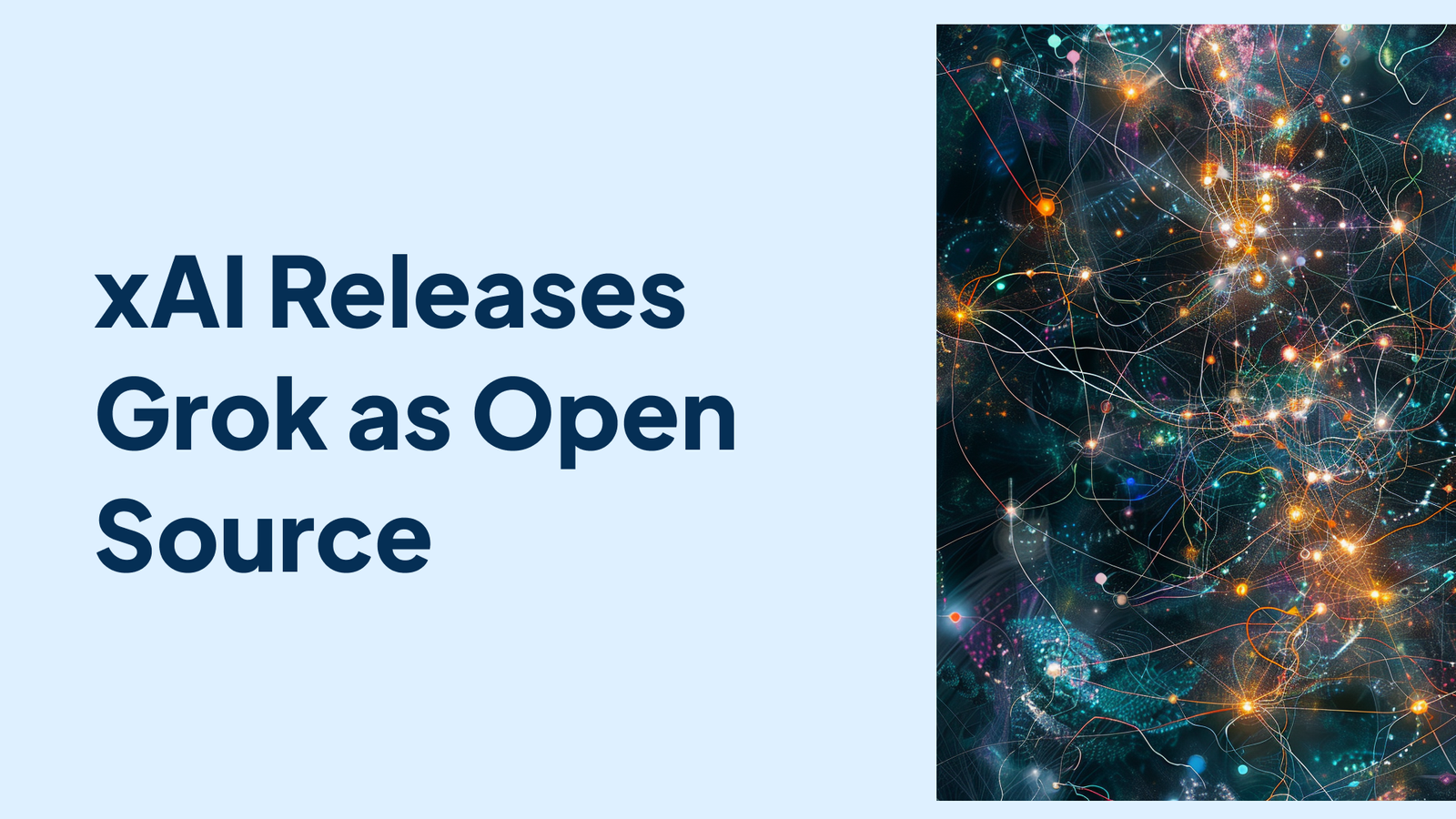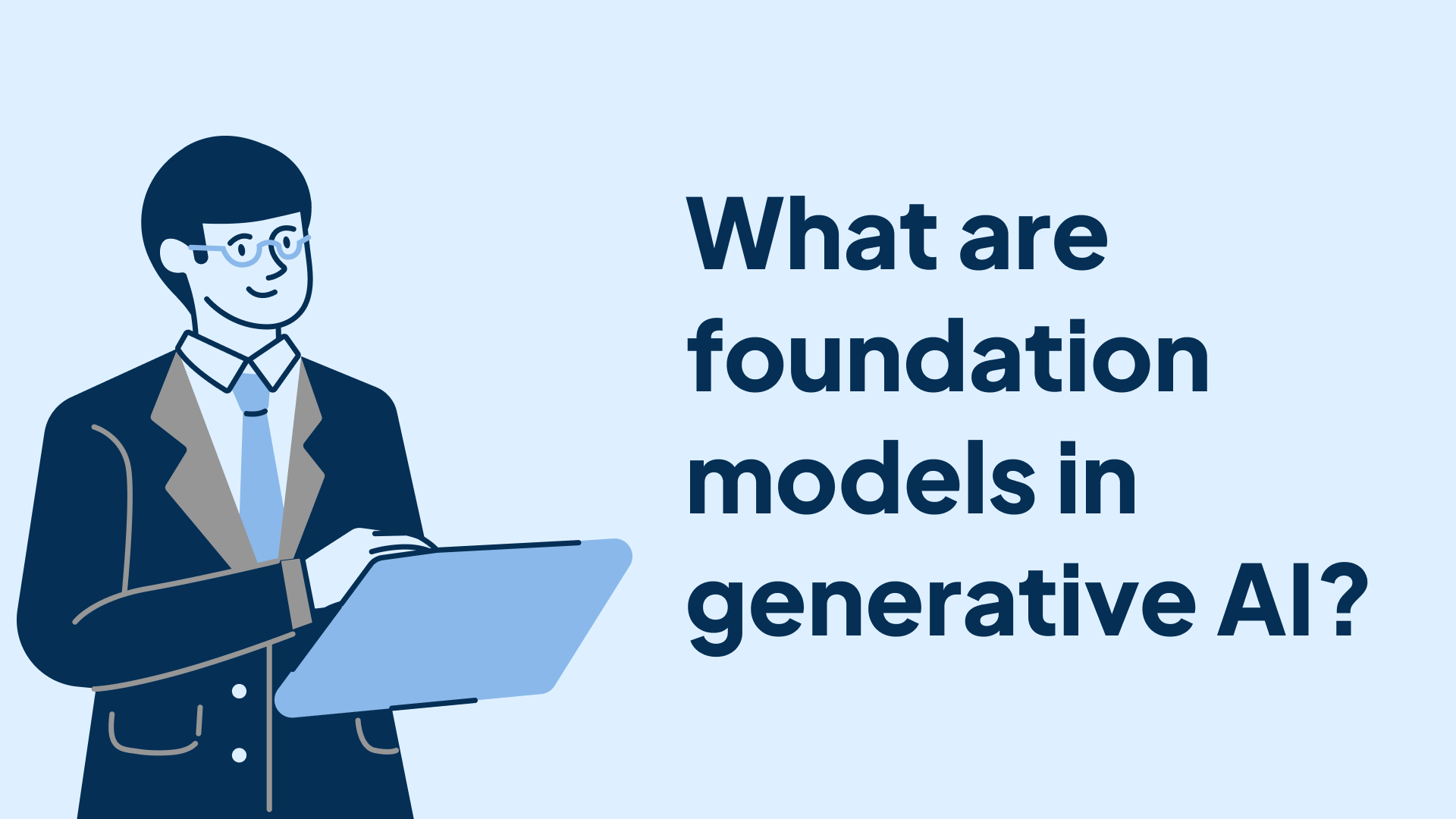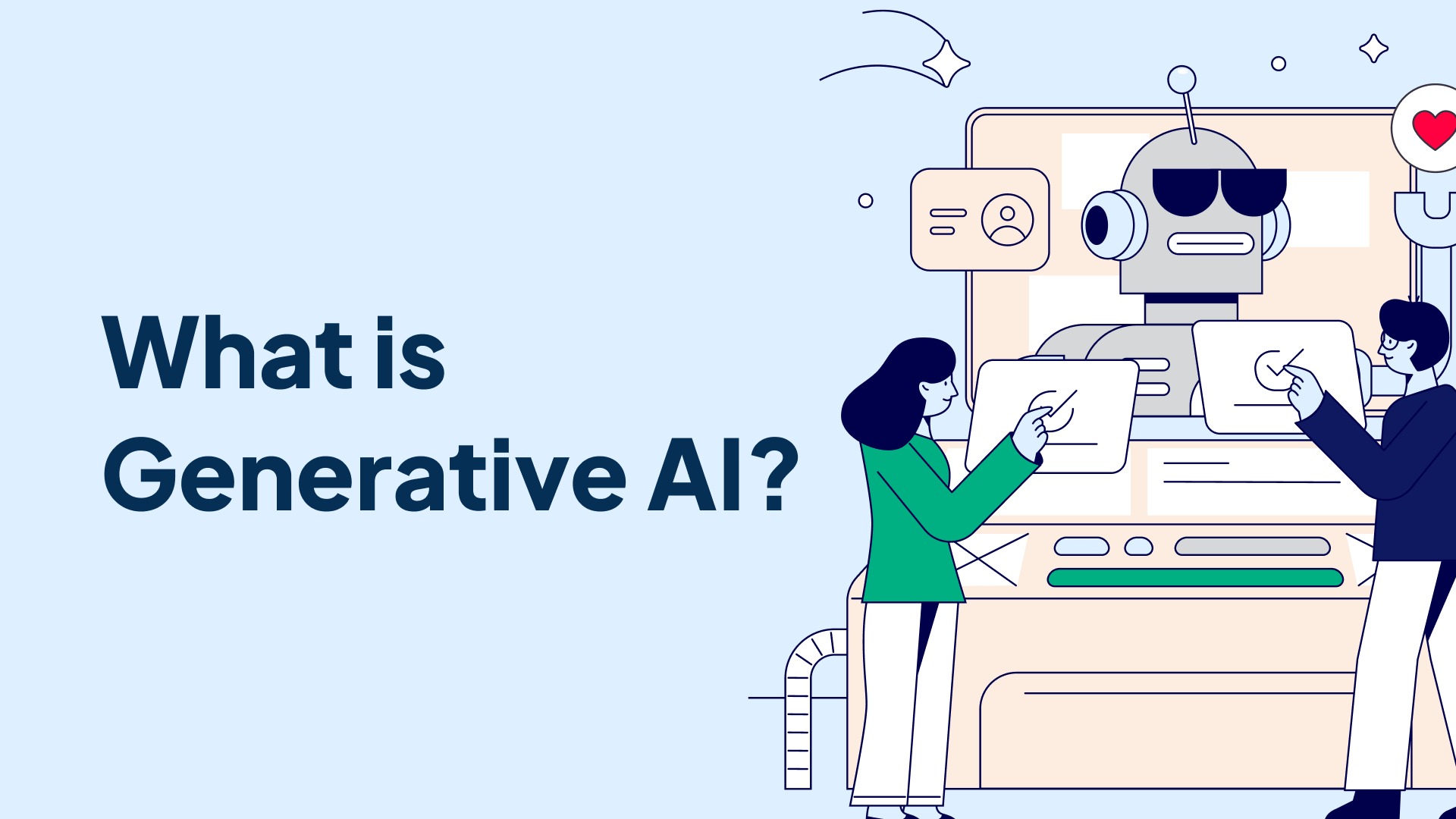In a significant move that is set to shake up the artificial intelligence (AI) landscape, billionaire entrepreneur Elon Musk's startup xAI has open-sourced its first large language model (LLM) named Grok-1. The release, which Musk had previously announced would happen this week, allows anyone to access and use the model's weights and architecture for their own purposes, including commercial applications.
What is Grok-1?
Grok-1 is a massive 314-billion parameter Mixture-of-Experts model that was trained from scratch by xAI. The model's name is derived from the slang term "grok," which means "to understand deeply." Grok-1 is described as an AI modeled after the "Hitchhiker's Guide to the Galaxy," the seminal 1970s radio drama and satirical sci-fi book series by UK author Douglas Adams.
The model utilizes an innovative architecture developed using a custom training stack atop JAX and Rust in October 2023. It incorporates 25% of its weights for a given token, a strategy that enhances its efficiency and effectiveness. With 314 billion parameters, Grok-1 is significantly more advanced and complex than open-source competitors such as Meta's Llama 2 (70 billion parameters) and Mistral 8x7B (12 billion parameters).
Open-Sourcing under Apache License 2.0
xAI has released the base model weights and network architecture of Grok-1 under the Apache License 2.0. This permissive license allows for commercial use, modifications, and distribution of the model. However, it does not provide any trademark rights, liability, or warranty to users. Those who use or modify Grok-1 must reproduce the original license and copyright notice and state the changes they have made.
It's important to note that while the model weights and architecture are now open source, the release does not include the full corpus of Grok-1's training data. This means that while anyone can now use the pre-trained model, they cannot see the data it learned from during training. Additionally, the open-source version does not include access to the real-time information available on X (formerly Twitter), which Musk had initially touted as a major advantage of Grok over other LLMs. Users will still need to subscribe to the paid version on X for that feature.
Rivalry with OpenAI and Other LLM Providers
The open-sourcing of Grok-1 is a clear challenge to OpenAI, the company behind the popular ChatGPT model, which Musk co-founded but later left in 2018 due to disagreements. Musk has positioned Grok as a more humorous and uncensored alternative to ChatGPT and other leading LLMs. This stance has gained traction among users who have complained about AI censorship and the controversial outputs of models like Google's Gemini.
Musk has been openly critical of OpenAI, recently filing a lawsuit accusing the company of abandoning its "founding agreement" to operate as a non-profit. The release of Grok-1 as open source can be seen as a move to pressure other LLM providers, particularly rival open-source models, to justify their value to users.
Community Reaction and Potential Impact
The AI community on X has reacted to the release of Grok-1 with curiosity and excitement. Technical experts have highlighted the model's use of GeGLU in feedforward layers and its approach to normalization, particularly the intriguing sandwich norm technique. Even employees of OpenAI have expressed interest in the model.
The open-sourcing of Grok-1 is expected to have a significant impact on the AI landscape, despite the substantial computing resources needed to run the model. It is likely to influence the ongoing debate around the responsible development and deployment of AI technologies and may pressure other LLM providers to be more transparent and open with their models.
As the AI field continues to evolve rapidly, the release of Grok-1 marks an important milestone. It will be fascinating to observe how the community responds to this release and how it shapes the future of open-source AI development.










